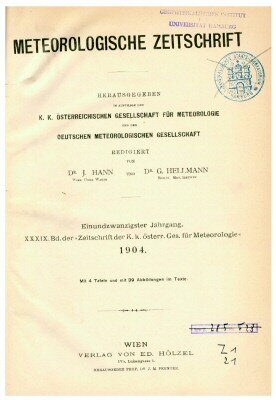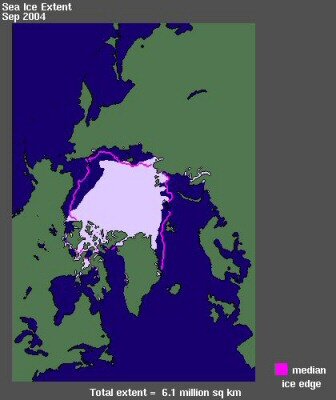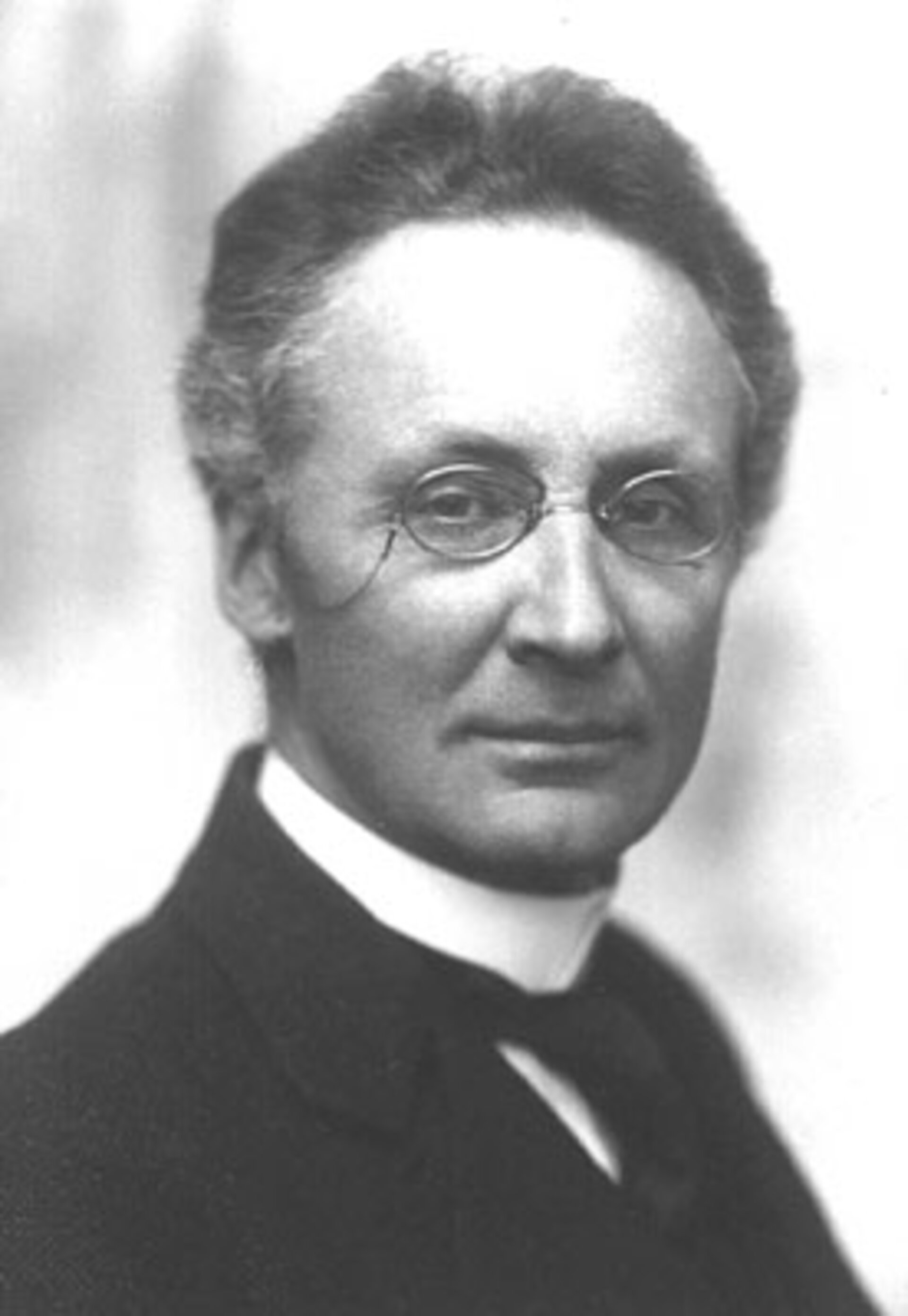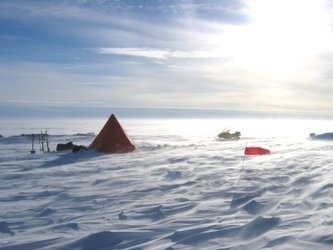Norway acknowledges CryoSat as essential to help quantify our changing climate
In 1904, Vilhelm Bjerknes (1862-1951) first proposed the procedure known as numerical weather forecasting and paved the way towards modern meteorology. At a recent international conference, to mark his fundamental contributions to modern weather forecasting, ESA's ice mission CryoSat was acknowledged as essential to help understand and quantify the impact of climate change in the Arctic.
The Bjerknes Centenary 2004 international science conference took place last month in Bergen, Norway where some 281 delegates from 21 countries gathered to discuss modern climate research and the science foundations that are now being established to make climate-change forecasting a reality.

It is now generally agreed that the Earth's atmosphere is warming and the strongest warming is expected to be occurring at high latitudes. The impact of climate change will therefore be amplified at the poles. Recent years have seen record summer reductions, in extent and concentrations, of sea ice in the Arctic, with 2004 exhibiting an historical minimum since the satellite era.
In spite of this present knowledge, future climate scenarios derived from state-of-the-art climate models are still too uncertain to be able to quantify impacts of climate change on a regional basis. This uncertainty is primarily due to insufficient knowledge of the key processes that drive the climate system, particularly at high latitudes. Reducing the uncertainties in the science underlying regional climate-change in high latitudes is a major challenge, and essential to support policy-making and practical strategies for coping with the effects of a changing climate.

Norway, with its strategic geographical location has an international commitment to try and quantify climate changes in the Arctic and sub-Arctic regions. To this end, the Bjerknes Centre for Climate Research organised the three-day conference so that world-class climate scientists could gather from around the world to discuss key issues relating to the climate system. The critical contribution of satellite data was recognised during the meeting and ESA's CryoSat mission was identified as being invaluable for improving climate models so that we will have a better idea of what is in store.
"The scientific community follows with great interest the future launch of ESA's CryoSat mission, which will provide invaluable data on sea ice and ice sheets with unprecedented resolution. These data will be decisive for model parameterization and validation and an important contribution towards the improvement of the predicting capabilities of global ocean-atmosphere models", expressed Prof. Eystein Jansen, Director of the Bjerknes Centre and Chair of the Scientific Programme Committee of the Bjerknes Centenary 2004 conference 'Climate Change in High Latitudes'.

Due for launch on 25 March 2005, CryoSat is the first Earth Explorer satellite to be launched as part of ESA's Living Planet Programme. From an orbit of just over 700 km and reaching latitudes of 88° it will monitor precise changes in the thickness of polar ice-sheets and floating sea-ice. The observations made over the three-year lifetime of the mission will provide conclusive evidence on rates of diminishing ice cover due to global warming.
Further information about the Bjerknes Centenary 2004 conference can be found on-line at http://www.bjerknes.uib.no/conference2004/program.html






